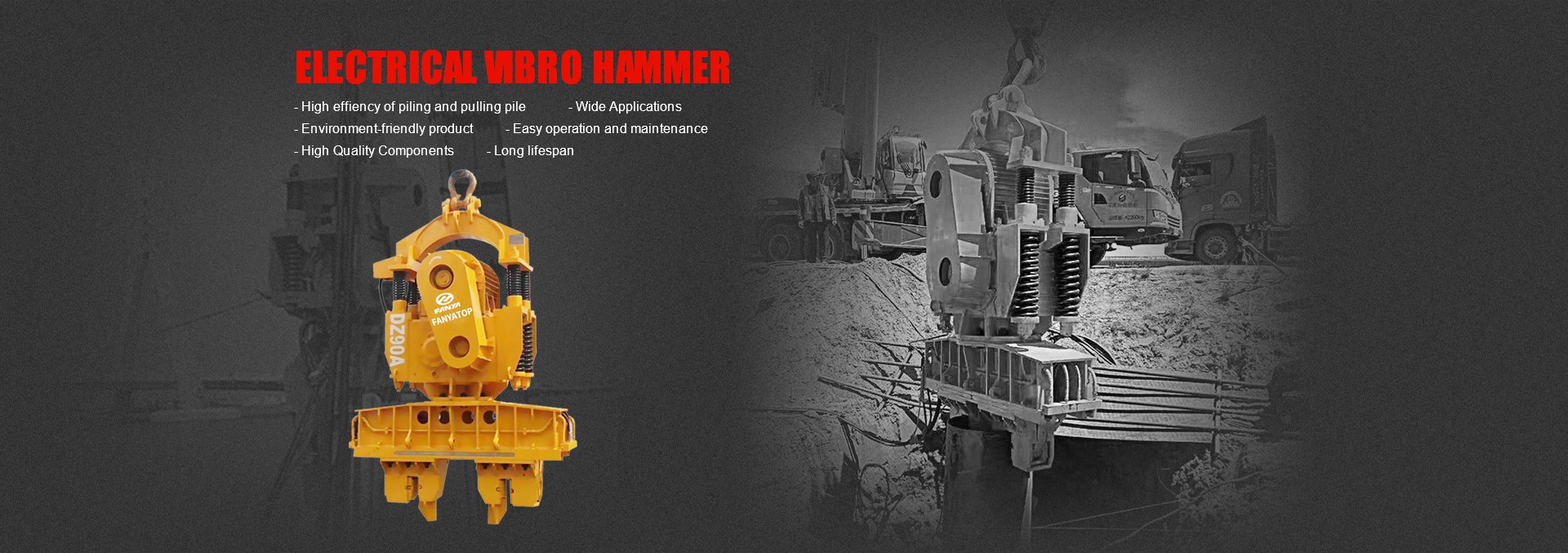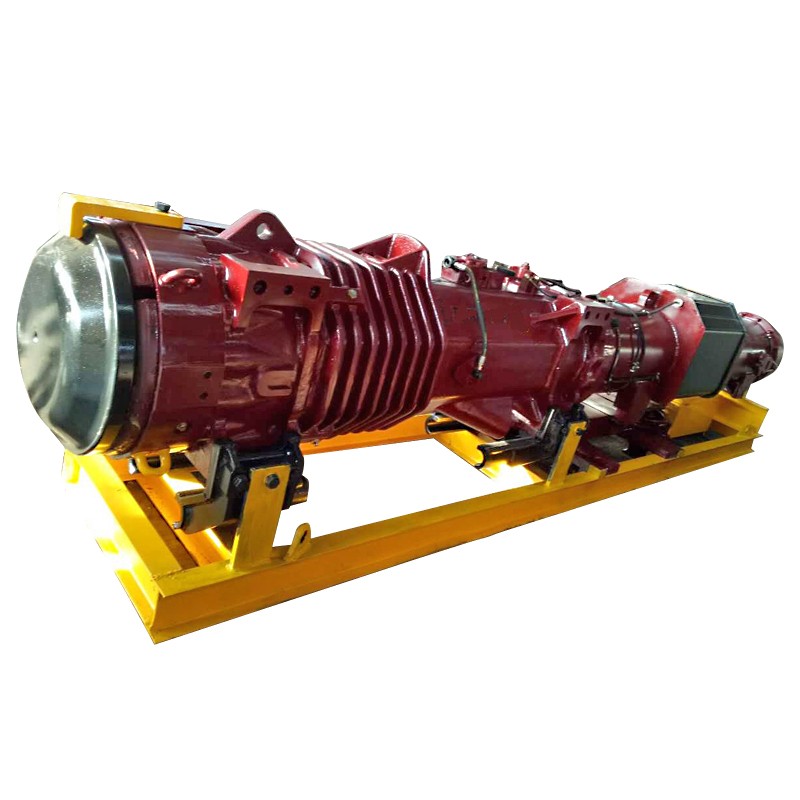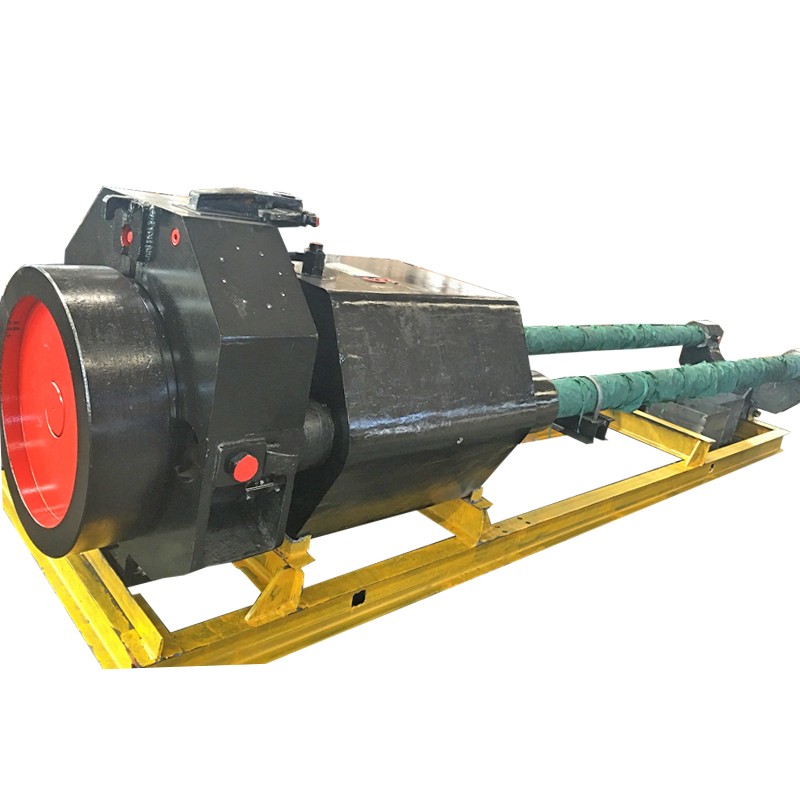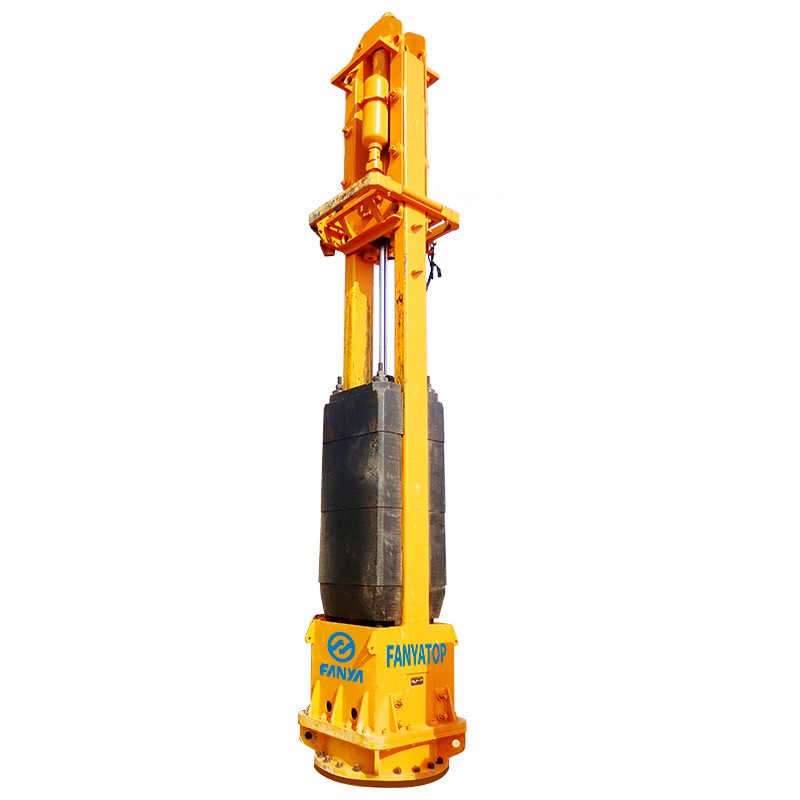Down-the-hole drilling rigs
The essence of down-the-hole rock drilling is to make the impactor dive into the hole during the rock drilling process to reduce the energy loss caused by the impact work transmitted by the drill rod, thereby reducing the impact of the hole depth on the rock drilling efficiency. Drilling machinery is divided into two categories: rock drills and drilling rigs. Drilling rigs are divided into open-pit drilling rigs and underground drilling rigs. In recent years, well-known foreign down-the-hole drilling rig manufacturers have launched a series of new products. The common feature of these equipment is that the degree of automation is getting higher and higher, and some functions are intelligent. The application of GPS technology in these drilling rigs realizes the automatic positioning of the boom, saves the time of on-site marking and positioning, improves the working efficiency, and enables the operator to concentrate on monitoring the progress of drilling. At the same time, more attention is paid to safety and environmental protection as well as the improvement of human-machine relationship.
Horizontal directional drilling rig
Horizontal directional drilling rig is a construction machine that lays a variety of underground public facilities (pipelines, cables, etc.) without excavating the surface of the ground. It is widely used in the laying of pipelines for water supply, electricity, telecommunications, natural gas, coal gas, oil, etc. It is suitable for sand, clay, pebbles and other conditions, and can be constructed in most non-hard rock areas in my country. Horizontal directional drilling technology is a new construction technology that combines the directional drilling technology of the petroleum industry with the traditional pipeline construction method. It has the advantages of fast construction speed, high construction accuracy and low cost. It is widely used in the laying of pipelines for water supply, coal gas, electricity, telecommunications, natural gas, oil, etc.
Positive and negative circulation drilling machine
The positive and negative circulation drilling machine is a drilling machine that uses a mud pump to suck out the mud carrying rock debris from the bottom of the hole. The positive and negative circulation drilling machine is a drilling machine that is widely used in the construction of subway foundation pits and high-rise building foundation pits. Since the hole is made by using mud wall protection, the noise is low when the hole is made.
Percussion drilling machine
A furadeira de impacto é uma importante máquina de perfuração para a construção de fundações de estacas moldadas no local. Ela utiliza a força de impacto da broca para puncionar e perfurar a camada rochosa. Ela pode se adaptar a diversas condições geológicas, especialmente a perfuração de furos em camadas de seixos. A furadeira de impacto possui maior adaptabilidade do que outros tipos de furadeiras. Ao mesmo tempo, quando a furadeira de impacto é usada para perfurar, uma camada densa de solo é formada ao redor da parede do furo após a perfuração, o que tem um certo efeito na estabilização da parede do furo e no aumento da capacidade de suporte da fundação da estaca.
Máquina de pilha de pedra britada
No método de tratamento de fundações de solo mole, surgiu um novo método de construção para substituir a estaca vibratória de brita, o processo de construção de estaca vibratória de brita compactada com tubo afundante. A máquina vibratória de estaca vibratória de brita compactada com tubo afundante possui um martelo vibratório pendurado na estrutura da estaca, que é acionado por um motor elétrico. A força vibratória do martelo vibratório é usada para vibrar o tubo no solo. Após atingir a elevação, o concreto é despejado (há uma porta de alimentação no tubo e a tremonha de alimentação é levantada pelo guincho da máquina de estaca). Durante o vazamento, o tubo é puxado por vibração para compactar o concreto e despejá-lo na elevação. Como uma máquina de estaca de grande porte, a máquina vibratória de estaca vibratória de brita compactada com tubo afundante possui vários tipos, como o tipo de tubo móvel, o tipo de esteira e o tipo de esteira. A potência é comumente conhecida como tipos 60, 75, 90, 110, 120 ou até 150. O modelo da máquina é selecionado de acordo com o diâmetro da estaca, o comprimento da estaca e as condições geológicas exigidas pelo projeto. A estaca vibratória de pedra com afundamento de tubo tem as características de equipamento simples, operação conveniente, baixo custo, construção rápida e nenhuma poluição, e é amplamente utilizada no tratamento de fundações de solo mole.




